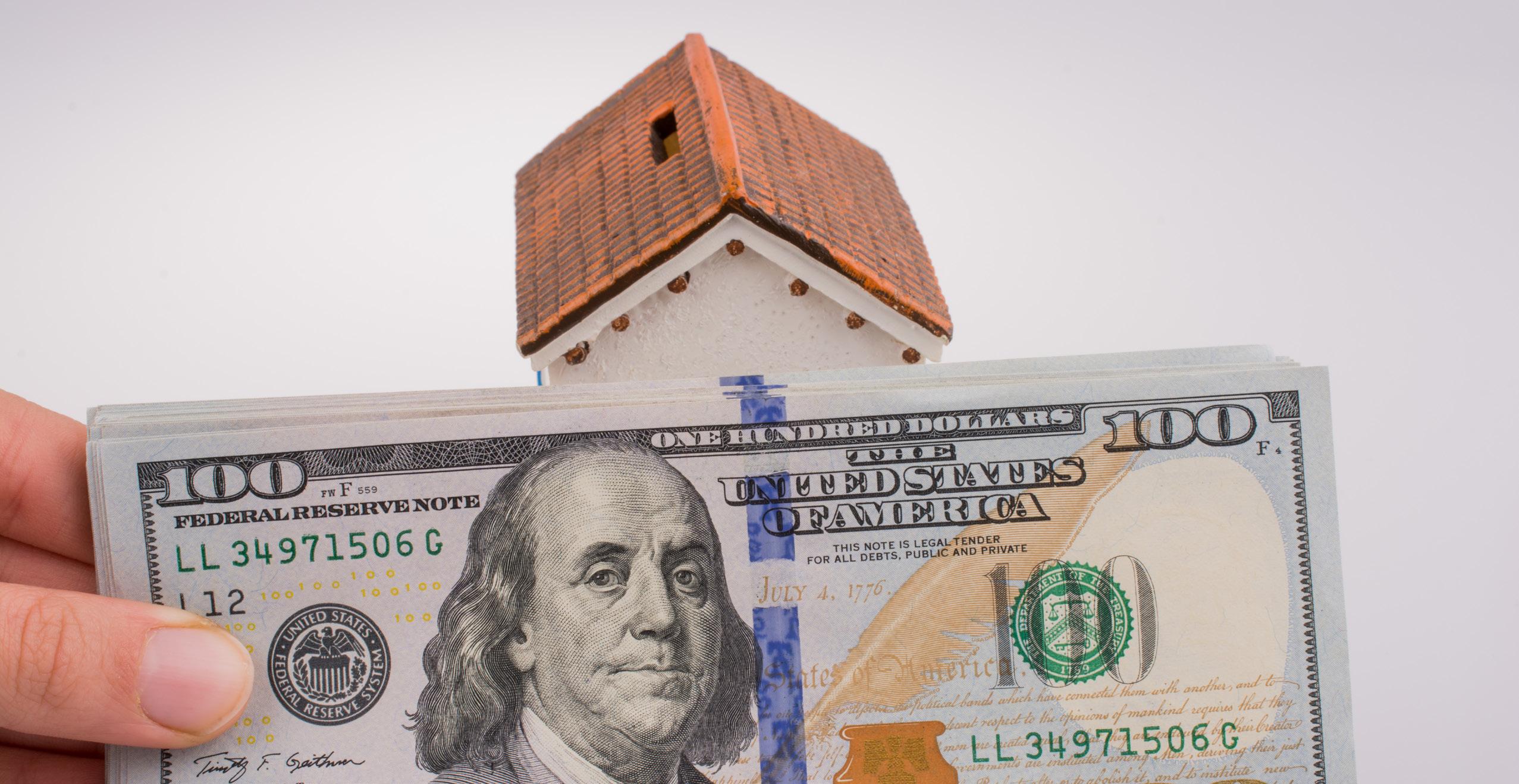
3 minute read
Tackling the Problem heads on
TACKLING THE PROBLEM HEADS ON: BRINGING A LASTING SOLUTION TO THE
AFFORDABILITY CRISIS IN AMERICA IN 2021
2020showed us that America has big issues that need to be tackled as quickly as possible. The year shed light on a number of issues like the inequalities made even worse by the pandemic, climate crisis that needed to be urgently put a stop to, and an affordability crisis in the country. The national unemployment rate was volatile in the past decade, and so has the economy of the country; these two factors had led to the affordability crisis in the country. This crisis depended on both the income of people and how much income was spent.
The coronavirus further compounded the affordability crisis as lesser homes were being listed for sales despite the influx of buyers. This has led low-cost houses to up their prices and led to an affordability issue. One crisis that has become a central part of American economic life is the escalating cost of living. Without a solution, this is bound to get worse in the foreseeable future. If that is to happen, the inequality in the country is bound to exacerbate, households will become even more fragile, and productivity will be smothered completely, and families’ dreams of security will be far out of reach.
The price of homes represents the most part of the affordability crises; metro areas like Seattle,
the Bay Area, and Boston have recently witnessed severe supply shortages. This has led to prices soaring in these areas despite the recordlow mortgage rate in the country. This has made it next to impossible for millions of middle and low-income families to purchase homes located centrally. The median asking price for single-family houses in San Francisco currently lies at $1.6; this would put the monthly payment at about $6,000 if the family had already put down the typical 20%.
Although the housing cost crises in these locations are the most obscene in the country, the affordability crises cover the whole country and are continually driven by the stagnant wages in the country, the restrictive building codes, and underinvestment in construction. There are several other trends facilitating this rise in housing costs that continually compound the affordability crisis in the county. The trend lately has been home prices rising much faster than wages amongst 80% of metro regions in America.
This problem has extended to rural areas in the country in places where income has not grown since the post-recession period. Areas like North Carolina, Irion Country, Texas, and Bertie Country were hit by the affordability crisis in the country. One effect this affordability crisis has had on the United States is turning the country is making it into a country of renters. Homeownership rate has fallen back, especially millennials. Due to the high costs, millions of younger families have chosen to keep renting, which is delaying the millennial wealth accumulation.
The renting sector is not left out of the whole process either, the cost of renting has risen faster than the income of renters in past years, and there are also uncomfortable bills renters have to deal with every month. The affordability crisis in America is amenable to policy solutions. Child care, education, and health care should be considered public goods and, therefore, not require a high interestrate. When other aspects are simplified and provided at a far lower cost, American’s income will be less spent on bills and can be directed toward homeownership. There should also be residential construction in the country to also provide enough supply to meet the demand of houses in the market; this will balance out the demand for supply and return home prices to normal.
There is also a deep need for investment in rural communities around the United States, so they’re not left out of the country’s future. The present approach to rural development needs to be overhauled, and a new framework needs to be put in place to encourage migration to these areas, which will then promote economic opportunities for the country.
Reference
https://www.theatlantic.com/ideas/archive/2020/02/great-affordability-crisisbreaking-america/606046/ https://www.americanprogress.org/issues/economy/reports/2020/09/21/490411/ path-rural-resilience-america/










